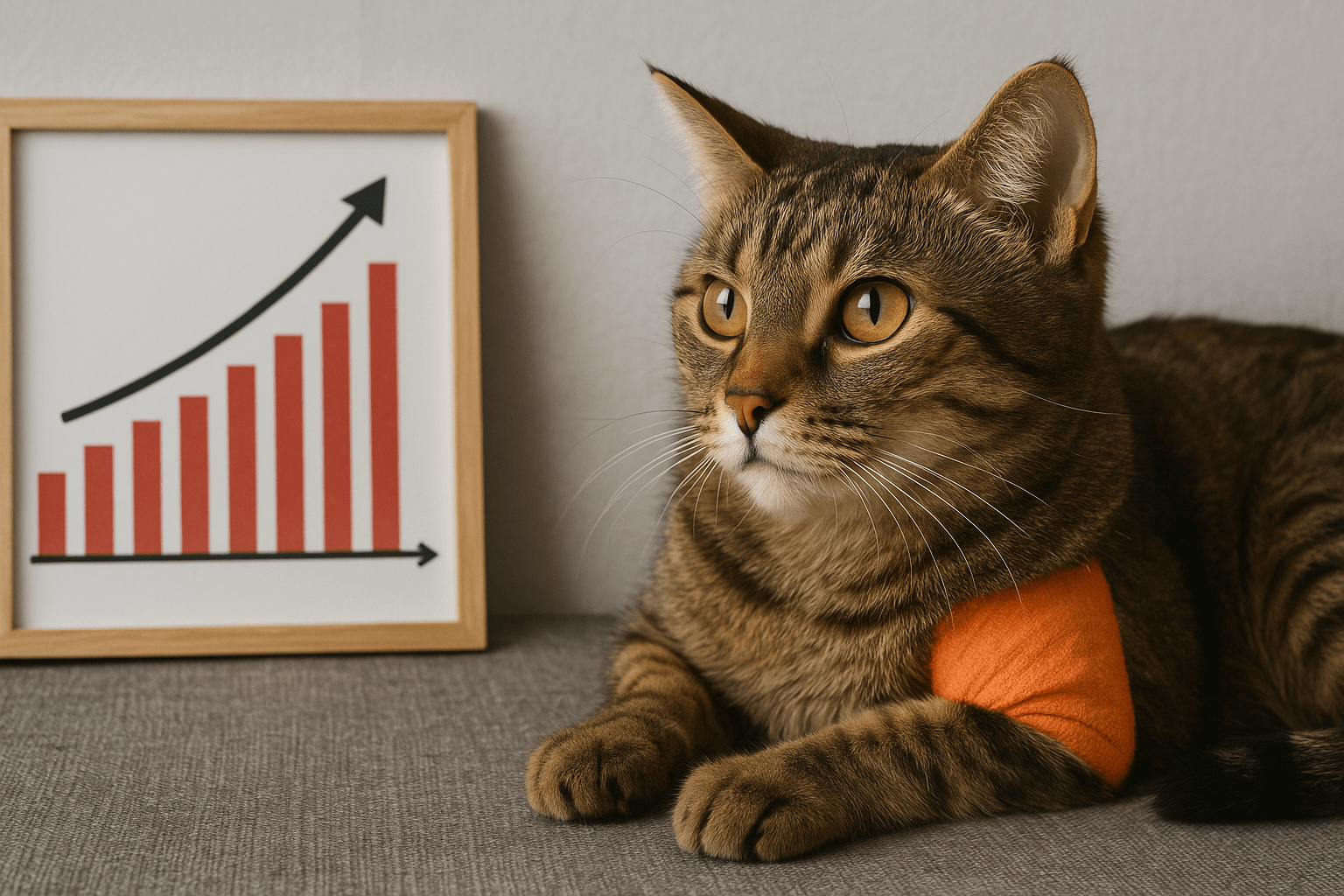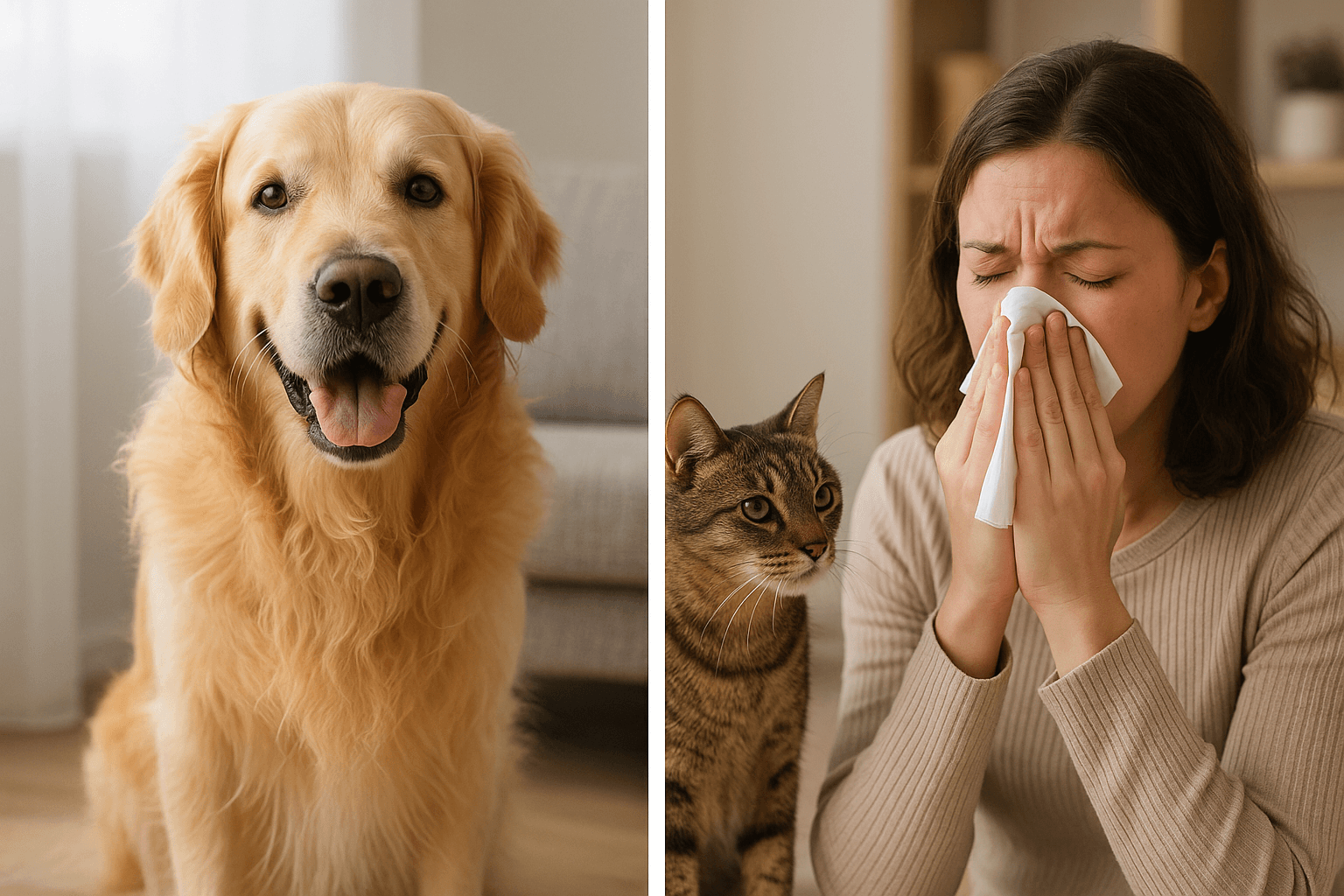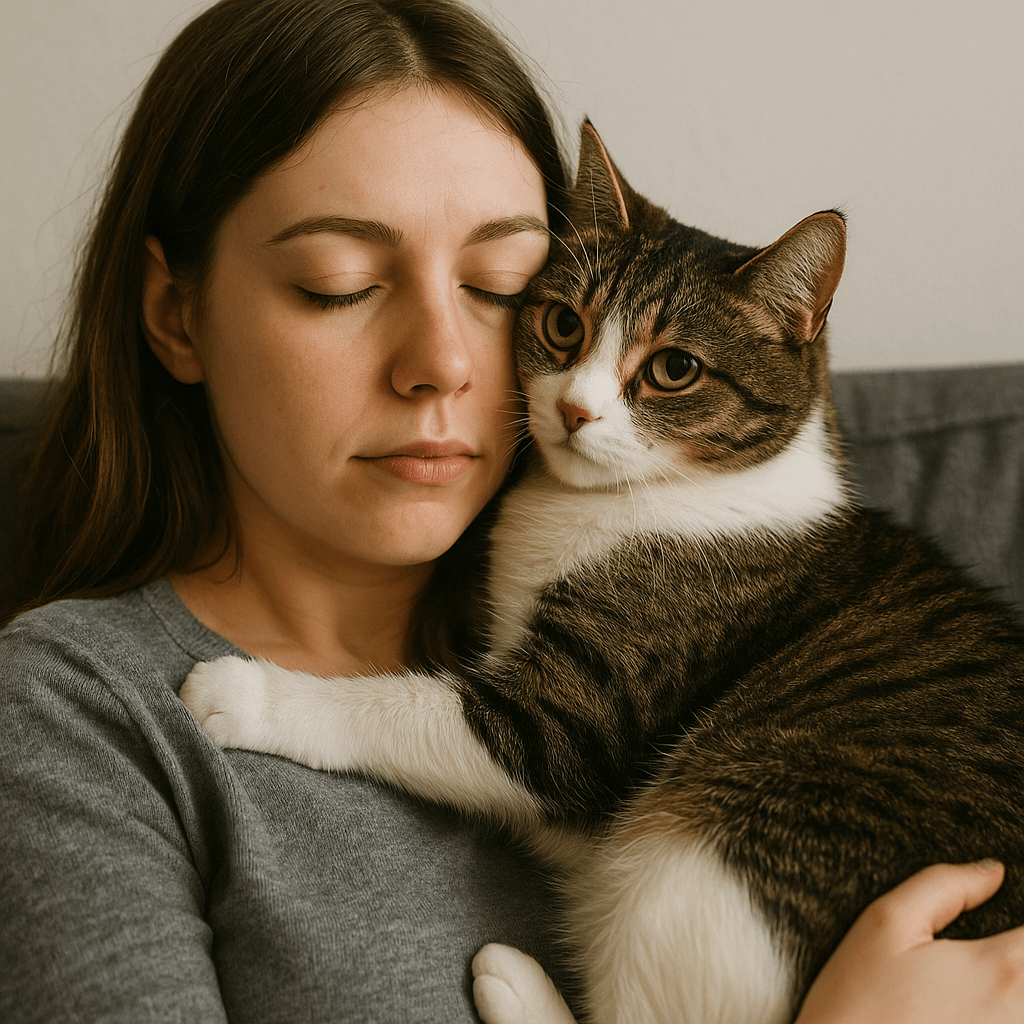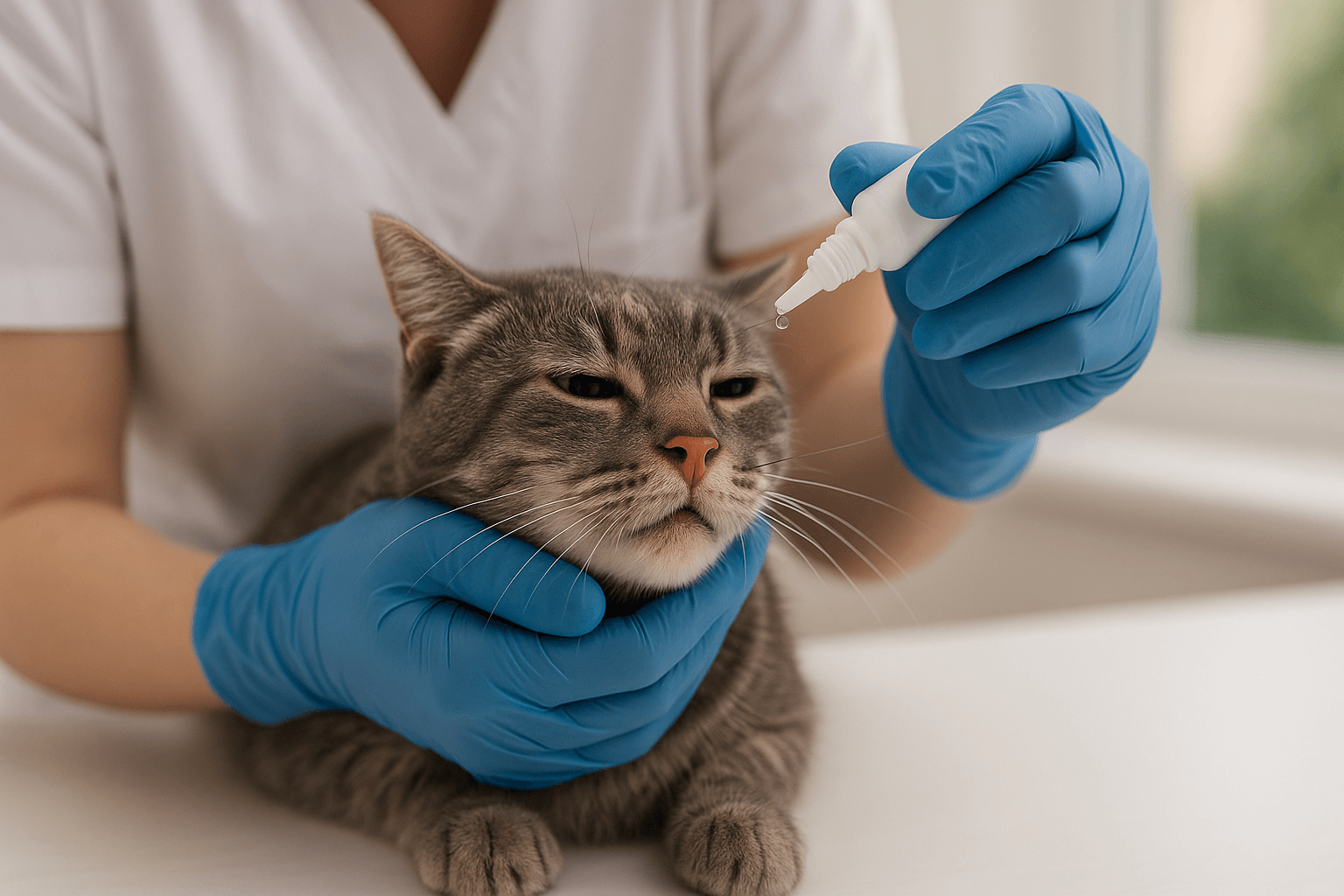Can Cats Eat Pecans?
When it comes to feeding our feline friends, curiosity often leads us to wonder about the safety of certain human foods. One such question that frequently arises is whether cats can eat pecans. While pecans are a tasty and nutritious snack for humans, they may not be suitable for our furry companions. Understanding the potential risks and benefits of feeding pecans to your cat is essential to ensure their health and well-being. In this blog post, we’ll explore everything you need to know about cats and pecans, from nutritional considerations to safer alternatives.
Potential Risks of Feeding Pecans to Cats
While pecans are not toxic to cats in small amounts, they come with several risks that every pet owner should be aware of. These hazards can range from mild discomfort to serious health issues.
Choking Hazards:
Whole or large pieces of pecans can pose a choking risk, especially for smaller cats or those prone to gulping food.High Fat Content:
Pecans are high in fat, which can upset a cat’s digestive system and lead to vomiting or diarrhea if consumed in excess.Risk of Mold Contamination:
Improperly stored pecans can develop mold, which produces toxins harmful to cats and other pets.Difficulty Digesting Nuts:
Cats lack the enzymes needed to break down nuts effectively, making pecans hard to digest and potentially causing gastrointestinal distress.Obstruction Risk:
Small fragments of pecans can get lodged in a cat’s throat or intestines, requiring veterinary intervention.
These risks highlight why caution is essential when considering giving pecans to your cat. Always prioritize their safety over curiosity or convenience.
Nutritional Value of Pecans (For Humans vs. Cats)
Pecans are packed with nutrients like healthy fats, vitamins, and minerals, making them a popular snack for humans. However, cats have different dietary needs, and what’s healthy for us isn’t always suitable for them. Here’s how pecans stack up nutritionally for cats.
Healthy Fats:
While beneficial for humans, the high fat content in pecans can overwhelm a cat’s sensitive digestive system.Low Protein Content:
Cats require animal-based proteins to thrive, and pecans offer little to no protein value for them.Rich in Vitamins:
Pecans contain vitamins like vitamin E and B-complex, but cats typically meet their vitamin needs through meat-based diets.Mineral Content:
Minerals like magnesium and zinc in pecans are less bioavailable to cats compared to nutrients found in their natural prey.Caloric Density:
Pecans are calorie-dense, which can contribute to weight gain in cats if fed regularly as a treat.
Understanding these differences helps explain why pecans aren’t an ideal food choice for cats, despite their nutritional benefits for humans.
Check this guide 👉Can Cats Eat Papaya? Best 7 Expert Tips!
Check this guide 👉Can Cats Eat Sunflower Seeds? Best 7 Expert Tips!
Check this guide 👉Can Cats Eat Tofu? Best 7 Expert Tips!
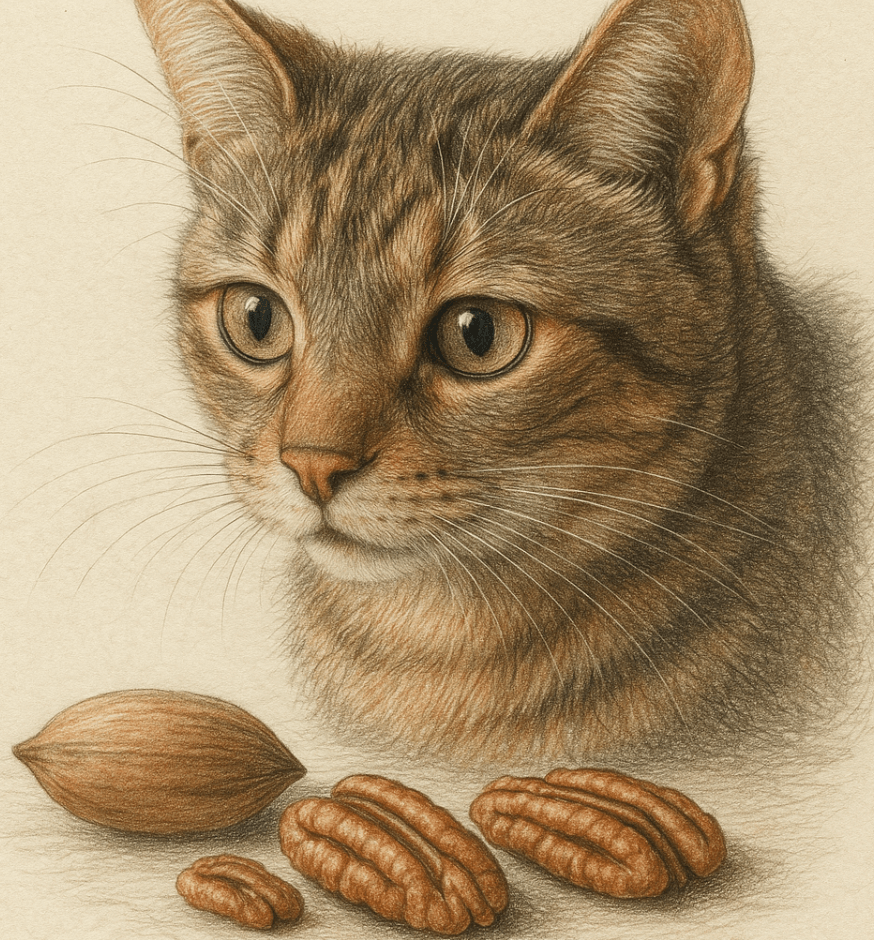
Safe Alternatives to Pecans for Cats | Risks of Feeding Pecans to Cats |
|---|---|
Cooked chicken (unseasoned) | Choking hazard from large nut pieces |
Plain pumpkin puree | High fat content leading to digestive upset |
Blueberries (in moderation) | Mold contamination posing toxicity risks |
Cat-safe treats designed for felines | Potential intestinal blockages |
Bone broth (unsalted and strained) | Difficulty digesting nuts causing discomfort |
Signs Your Cat May Be Struggling After Eating Pecans
If your cat accidentally consumes pecans or shows signs of distress after eating them, it’s important to recognize the symptoms early. Watch for these warning signs to act quickly if something goes wrong.
Vomiting or Diarrhea:
These symptoms may indicate that your cat’s digestive system is struggling to process the pecans.Lethargy or Weakness:
A sudden lack of energy could signal poisoning or an allergic reaction to mold-contaminated pecans.Excessive Drooling:
Drooling might suggest irritation or discomfort caused by the nuts in their mouth or throat.Difficulty Breathing:
If your cat is choking or having trouble breathing, seek immediate veterinary care.Loss of Appetite:
Refusal to eat or drink may indicate nausea or gastrointestinal distress caused by consuming pecans.
Recognizing these signs early allows you to seek veterinary care promptly, preventing further complications.
How to Safely Introduce New Foods to Your Cat
Introducing new foods to your cat’s diet requires careful consideration to avoid adverse reactions. Follow these guidelines to ensure a safe experience.
Start with Tiny Portions:
Offer only a small amount of any new food to monitor your cat’s reaction before increasing the quantity.Avoid Seasonings or Additives:
Stick to plain, unseasoned foods to prevent introducing harmful ingredients like salt, sugar, or spices.Consult Your Veterinarian:
Always ask your vet before introducing unfamiliar foods to confirm they align with your cat’s specific dietary needs.Monitor for Allergic Reactions:
Watch for signs of itching, swelling, or digestive upset that may indicate an allergy or intolerance.Stick to Cat-Specific Treats:
Opt for treats specifically formulated for cats whenever possible, as they are designed to meet feline nutritional requirements.
By following these steps, you can minimize risks while exploring new foods safely with your cat.
Common Mistakes to Avoid When Feeding Cats Human Foods
Feeding cats human foods requires careful consideration to avoid mistakes that could endanger their health. Here are some pitfalls to watch out for.
Assuming All “Natural” Foods Are Safe:
Just because a food is natural doesn’t mean it’s safe for cats; many fruits, vegetables, and nuts can harm them.Ignoring Portion Sizes:
Even safe foods can cause problems if fed in large quantities; moderation is key.Using Seasoned or Processed Foods:
Ingredients like garlic, onions, and salt commonly found in human foods are toxic to cats.Neglecting Allergies or Sensitivities:
Some cats may react poorly to certain foods, so always introduce new items gradually.Skipping Veterinary Advice:
Consulting your vet ensures that any new food aligns with your cat’s unique dietary requirements.
Avoiding these mistakes ensures a safer and healthier experience for your cat.
Alternatives That Mimic the Texture of Pecans
If you’re looking for crunchy treats to satisfy your cat’s curiosity without the risks associated with pecans, here are some safer alternatives.
Crunchy Cat Treats:
Specially formulated treats provide texture and flavor without posing health risks.Freeze-Dried Meat Pieces:
Freeze-dried chicken or turkey offers a satisfying crunch while delivering essential nutrients.Dehydrated Fish Snacks:
Lightly dehydrated fish snacks mimic the texture of nuts and appeal to cats’ natural preferences.Soft Dental Chews:
Designed for oral health, these chews combine texture with dental benefits.Homemade Baked Treats:
Simple recipes using cat-safe ingredients allow you to create crunchy snacks at home.
These alternatives allow you to cater to your cat’s instincts while keeping them safe.
Understanding Your Cat’s Natural Instincts Around Food
Cats are naturally curious creatures, and their behavior around food reflects their evolutionary history. Understanding their instincts helps explain their fascination with items like pecans.
Hunting Behavior:
Wild cats instinctively seek out prey, focusing on protein-rich foods rather than plant-based snacks.Exploration Through Taste:
Cats use their mouths to explore textures, making crunchy items like pecans intriguing but potentially dangerous.Preference for Familiarity:
Cats are cautious eaters by nature, preferring foods they’ve encountered before over unfamiliar ones.Selective Eating Habits:
Unlike dogs, cats are obligate carnivores and prioritize animal-based proteins over plant-based options.Territorial Marking:
Chewing or gnawing on objects like nuts can serve as a way for cats to assert ownership or relieve stress.
By recognizing these behaviors, you can better address your cat’s needs in a safe and controlled manner.
Frequently Asked Questions About Cats and Pecans
Are pecans toxic to cats?
Pecans themselves are not inherently toxic, but they can cause digestive upset and pose choking or mold-related risks.
What should I do if my cat eats pecans?
Monitor your cat closely for signs of distress and contact your veterinarian if you notice any concerning symptoms.
Can kittens eat pecans?
Kittens should avoid pecans entirely due to their developing digestive systems and increased vulnerability to choking hazards.
How many pecans can a cat safely eat?
It’s best to avoid feeding pecans altogether, as even small amounts can upset a cat’s stomach.
What are safer snacks for cats?
Safer options include plain cooked chicken, bone broth, or specially formulated cat treats free of harmful additives.
Prioritizing Your Cat’s Health When It Comes to Pecans
Feeding pecans to your cat may seem harmless at first glance, but the risks outweigh any potential benefits. From choking hazards to digestive upset, pecans simply aren’t worth the gamble when it comes to your feline friend’s health. By understanding their dietary needs and opting for safer alternatives, you can ensure your cat stays happy and healthy. Remember, your cat relies on you to make the best choices for them—so always prioritize their well-being above all else.
Cat Liver Disease Survival Rate: Best 7 Expert Tips! Discover expert advice on improving outcomes, treatment options, and care strategies for cats with liver disease. Learn how to support your feline friend today.
Dog vs Cat Allergies: Best 7 Expert Tips! Discover expert advice on managing pet allergies, reducing symptoms, and finding the perfect furry companion for your home.
My Cat Has Attachment Issues: Best 7 Expert Tips! Discover expert advice on understanding and addressing cat attachment issues to build a stronger, healthier bond with your feline friend.
Cat Runny Nose Treatment: Best 7 Expert Tips! Discover effective remedies and veterinary advice to soothe your cat’s nasal discomfort and ensure a speedy recovery.

